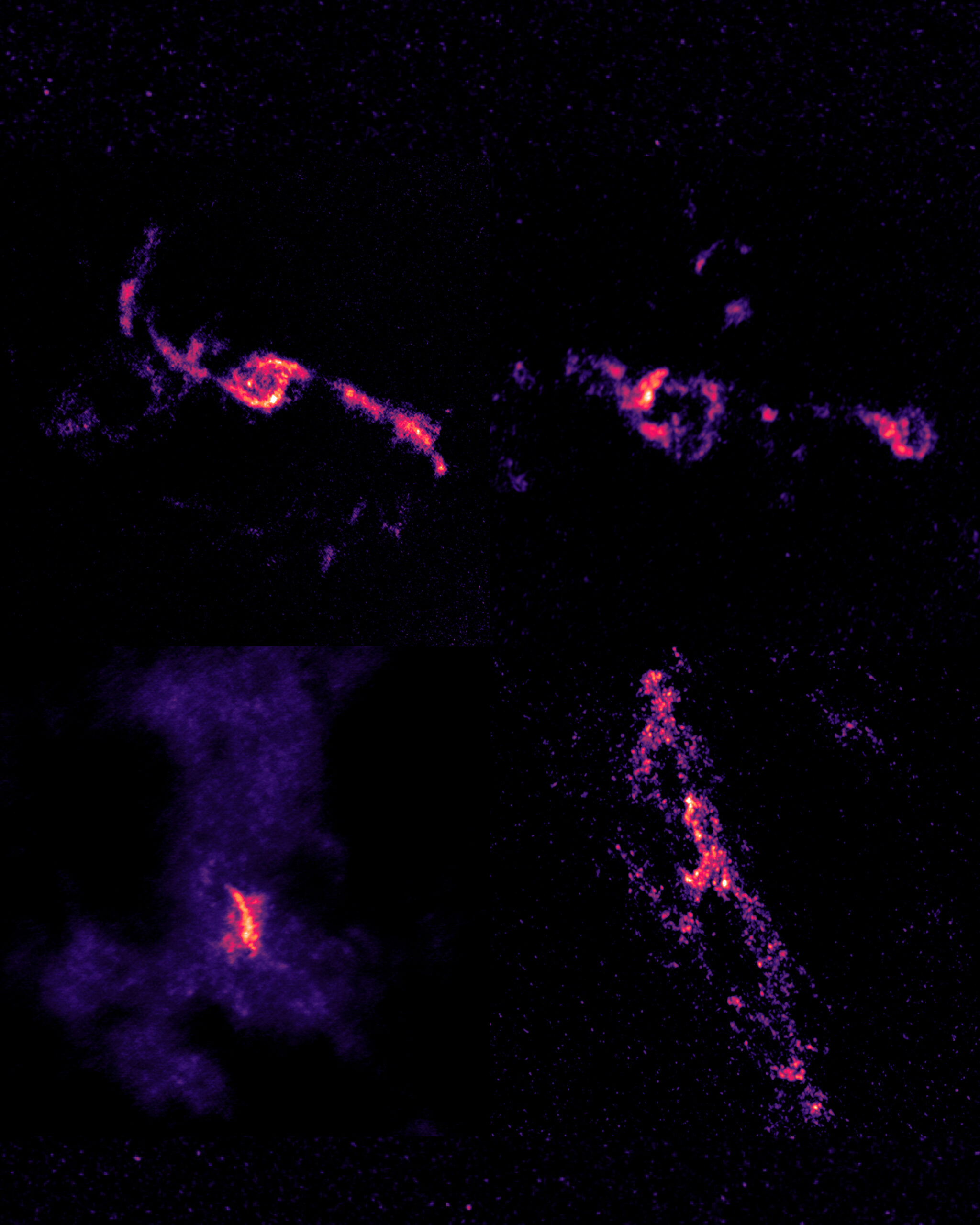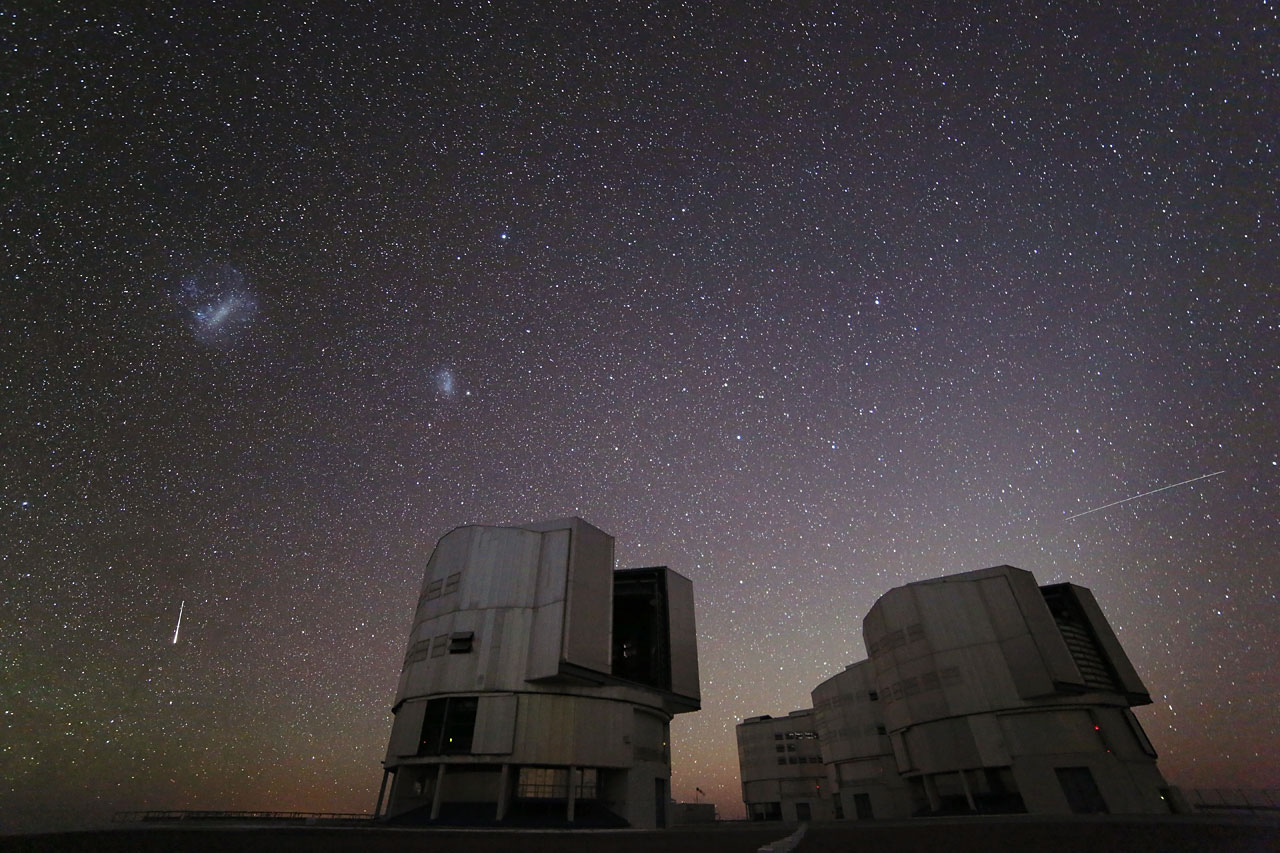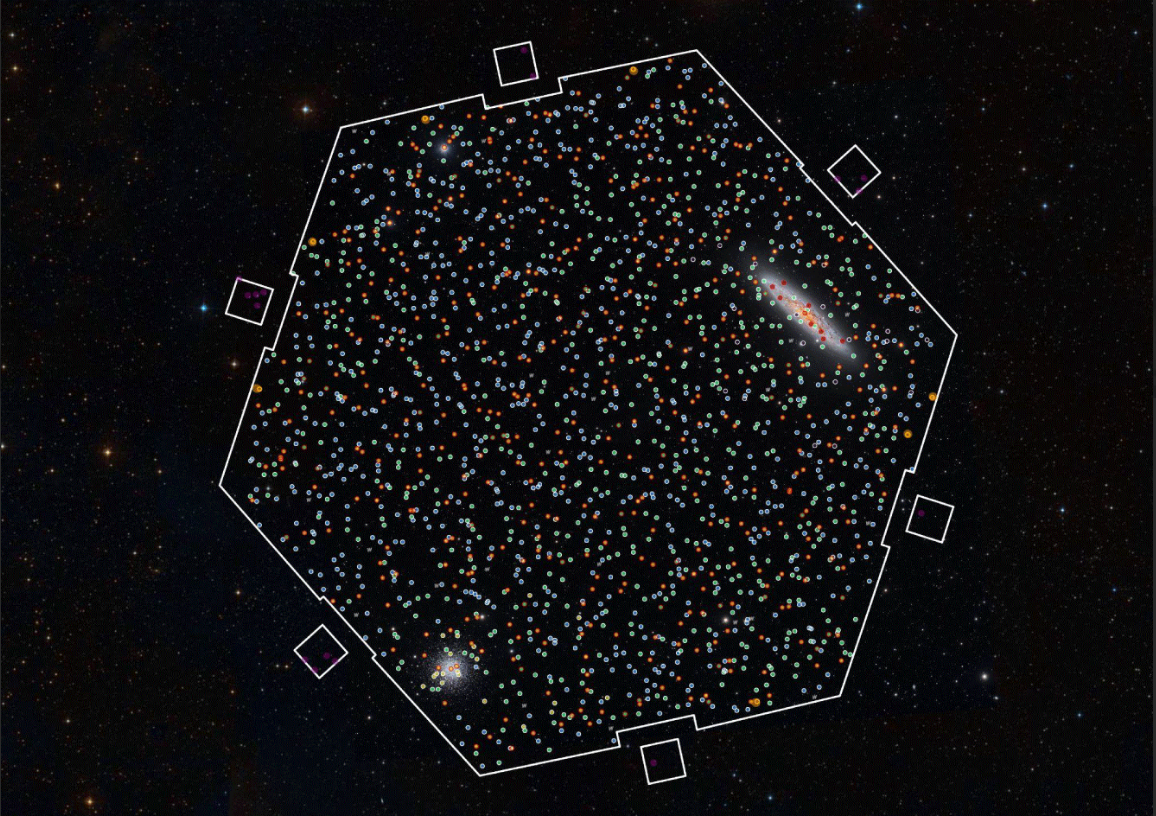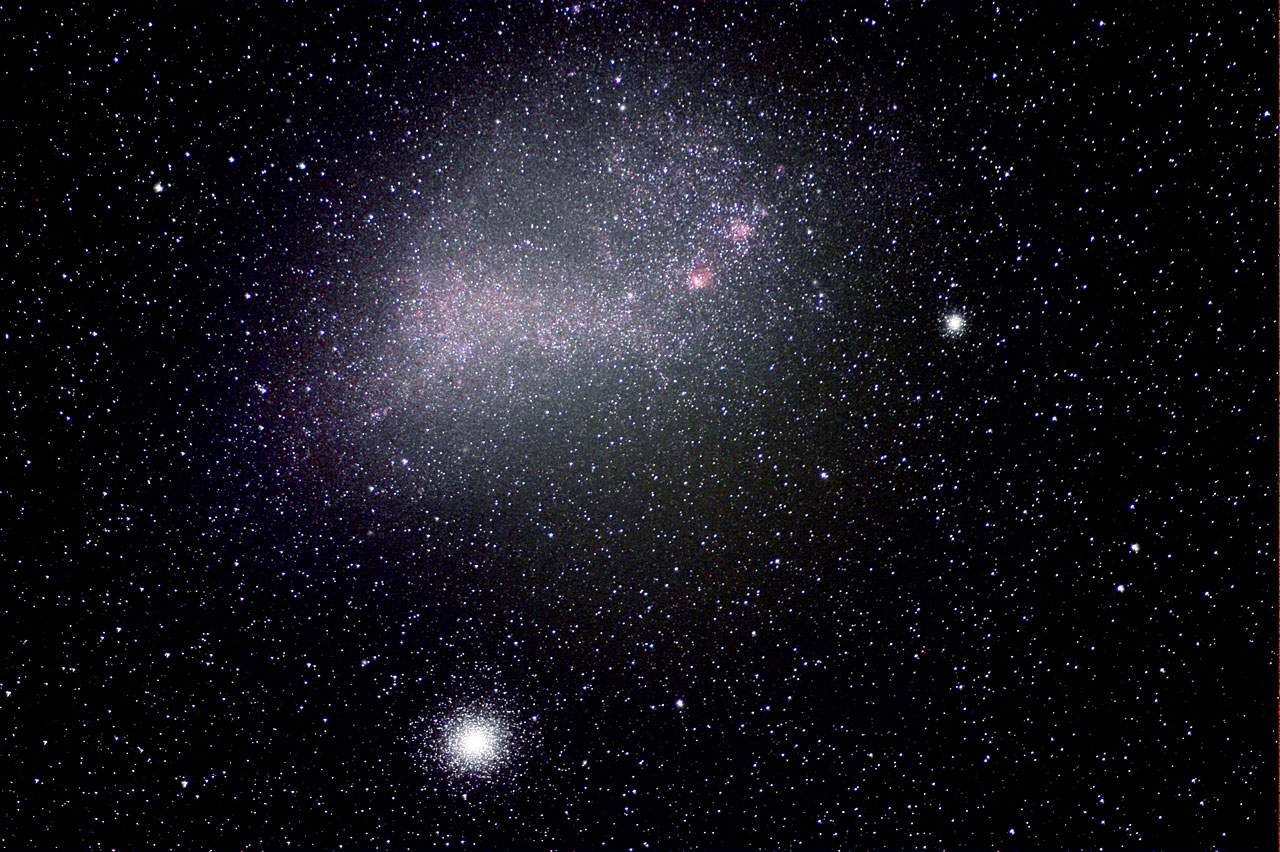
Questions raised by the most distant galaxy discovered in the universe
The finding made by the James Webb Space Telescope presents a surprising scenario that raises many questions, according to Valentino González, a researcher at the Center for Astrophysics and Related Technologies (CATA).
The James Webb Space Telescope (JWST) broke its own record by detecting the most distant galaxy ever known. But the implications of this discovery go far beyond bringing us closer to the origin of the universe, since it generates a series of questions about the composition and characteristics of this star cluster.
According to Valentino González, a researcher at the Center for Astrophysics and Related Technologies (CATA), one of the surprising aspects of this finding was the size and brilliance of the galaxy called JADES-GS-z14-0, which was seen as it existed only 290 million years after the Big Bang, that is, when the cosmos was only 2% of its current age, estimated at 13 billion years.
“It is much larger in terms of mass and size than we knew or expected for a galaxy at that stage, which leads us to question whether this type of clusters formed earlier than we thought, because we are seeing objects that are not primordial, but very large and evolved,” he says.
According to the CATA researcher, the data obtained in this first stage by the James Webb telescope do not necessarily mean that they will change the paradigms, but they do raise important doubts and there is important theoretical work ahead.
“The first thing is that it is a discovery in a very small area of space that presents us with a different situation than we thought and leads us to wonder if it is fortuitous to see such an evolved galaxy or, as we begin to make a broader sweep, we will discover that these galaxies are more common than we expected. This leads us to think that we are not reaching the limit and that there is much more to discover in the past of the cosmos”, says the CATA astronomer.
In this sense, Valentino González explains that the scientific community waited for more than 20 years for the JWST to start operations with the promise of seeing the limits of the universe and the most interesting thing has not been to ratify what was expected by the theory, but the countless surprises it has been delivering to astronomers, as happened with JADES-GS-z14-0, the most distant galaxy ever seen and which is more than 1,600 light-years from end to end.
Recent news
-
 Publicado el: 22/12/2025International study reveals that black holes feed selectively
Publicado el: 22/12/2025International study reveals that black holes feed selectively -
 Publicado el: 20/12/20253I/ATLAS: the interstellar comet approaching Earth and what is known about it
Publicado el: 20/12/20253I/ATLAS: the interstellar comet approaching Earth and what is known about it -
 Publicado el: 18/12/2025Ministerial Advisory Committee for Astronomical Observation submits its final report
Publicado el: 18/12/2025Ministerial Advisory Committee for Astronomical Observation submits its final report -
 Publicado el: 13/12/2025Geminids 2025: facts and how to observe the last meteor shower of the year
Publicado el: 13/12/2025Geminids 2025: facts and how to observe the last meteor shower of the year -
 Publicado el: 12/12/2025Call for applications for the CATA Emprende 2026 program now open
Publicado el: 12/12/2025Call for applications for the CATA Emprende 2026 program now open
Categories list
- Acknowledgments 21
- Astrobiology 6
- AstroCluster 1
- Black holes 20
- Corporativo 58
- Cosmology 5
- Descubrimientos 23
- Disclosure 74
- Exoplanets 14
- Extension 7
- Galaxies 22
- Galaxies formation 6
- Inter y Transdisciplina 4
- Local Universe 17
- Publications 6
- Sin categorizar 34
- Solar System 23
- Stellar formation 8
- Technology 16
- Technology Transfer 18

